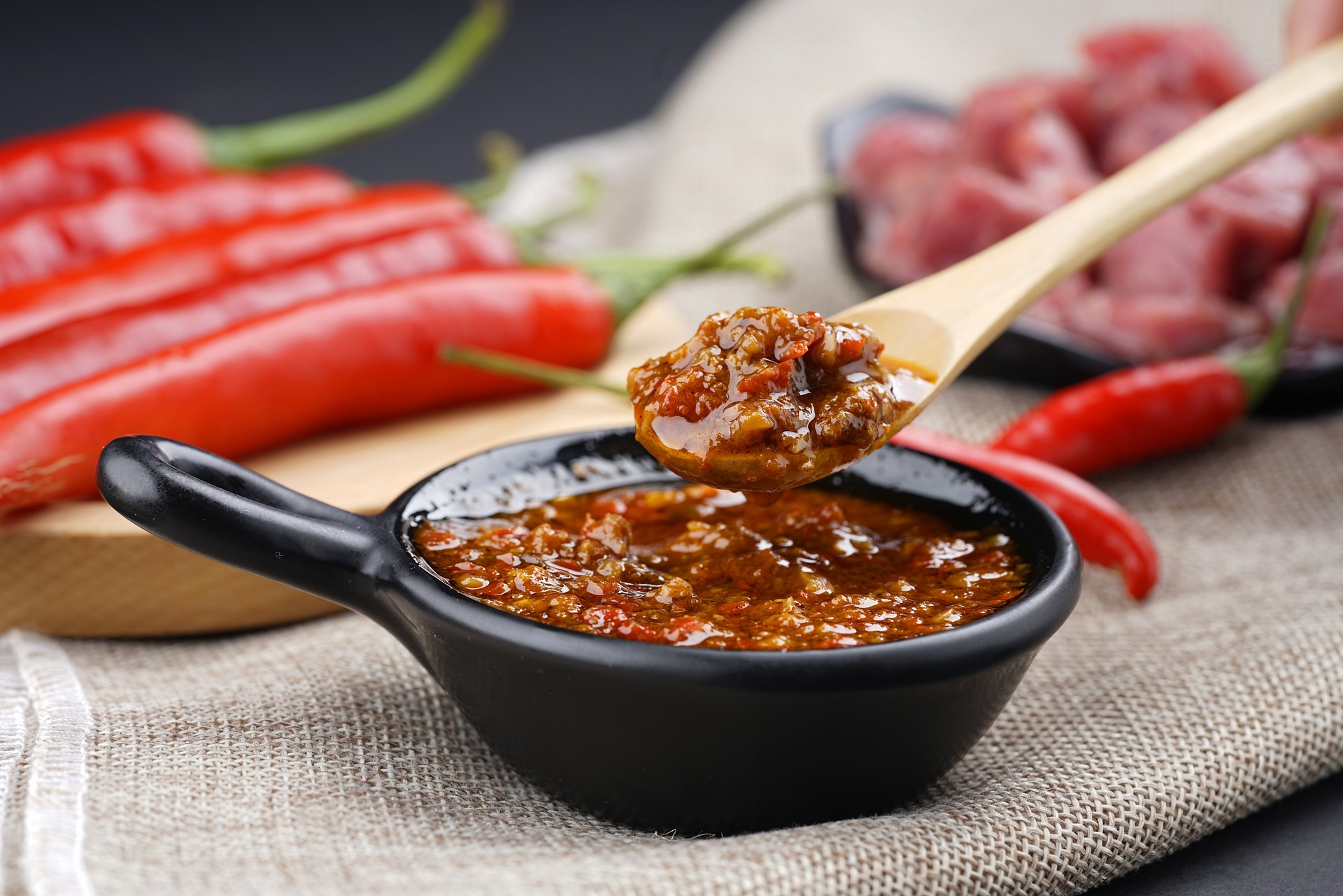Discovering the Allure of Australian Bush Food
Australians are turning back the hands of time, embracing their indigenous roots to redefine their national cuisine. In this article, we are diving into the world of Australian Bush Food, a culinary trend that’s as nutritious as it is delicious, and as old as the continent itself.
A Taste of History: The Origins of Bush Food
Bush food, also known as bush tucker, refers to the various fruits, seeds, nuts, and meats used in traditional Australian Aboriginal diets. For thousands of years, indigenous Australians have thrived on these foods, developing techniques to harvest and prepare them. Today, these age-old practices are being dusted off and adapted to modern kitchens, making bush food a rising star in the gastronomic scene.
A Bounty of Flavors: Unconventional Ingredients
Bush food offers a treasure trove of unique ingredients, each with its own distinct flavor, texture, and nutritional benefits. The Kakadu plum, for instance, is a green fruit with a tangy taste and a vitamin C content higher than any other fruit in the world. Meanwhile, the macadamia nut, native to Australia, is enjoyed for its rich, buttery flavor and high levels of healthy fats.
A New Culinary Frontier: The Bush Food Movement
Driven by a deep respect for the land and a desire to preserve indigenous knowledge, chefs and food lovers across Australia are incorporating bush food into their dishes. A growing number of restaurants are serving up delectable dishes such as kangaroo steaks with wattleseed sauce or barramundi with finger lime salsa. The bush food movement is not just about tantalizing the taste buds, but also about fostering a deeper connection with Australia’s rich cultural heritage and biodiversity.
Beyond Gourmet: The Health Benefits of Bush Food
Bush food isn’t just a culinary novelty – it’s a nutritional powerhouse. Many bush foods are packed with vitamins, minerals, and antioxidants. Native grains like the kangaroo grass are rich in protein and fiber, while native herbs such as lemon myrtle are known for their antimicrobial properties. Embracing bush food could mean taking a huge leap towards a healthier diet and lifestyle.
Putting It into Practice: Cooking with Bush Food
Ready to try bush food at home? Here are some tips to get you started:
-
Start with simple recipes: Try adding macadamia nuts to your salads or using wattleseed in your baking.
-
Source responsibly: Look for suppliers who harvest bush foods sustainably and ethically.
-
Experiment: Don’t be afraid to get creative and incorporate bush food into your favorite recipes.
In conclusion, Australian Bush Food offers a unique culinary journey that combines history, culture, flavor, and nutrition. As we continue to search for innovative and sustainable ways to feed ourselves, perhaps the answers lie in the wisdom of our ancestors. After all, they’ve been dining sustainably, healthily, and deliciously long before it became a trend. So, next time you’re looking for a culinary adventure, why not take a walk on the wild side with some Australian bush food? It’s a taste of the outback you won’t soon forget.





